One of the coolest parts about working at Skytap is that people here are really excited about what our engineering team is building. I love when someone scours the newest release notes, or has been working closely with the engineering team to help deliver an exciting new feature—and then cannot wait to spread the word and show what Skytap can now do.
Back in May, Seth Payne, one of our senior product managers, wrote about how Skytap’s VM display quality settings allow users to conserve bandwidth when necessary. For instance, our virtual training customers can now adjust the display quality of their classes to accommodate the available bandwidth to them in order to deliver a high-quality classroom environment. This is particularly beneficial when class size, or the geographical location(s) of students presents challenges.
But Seth’s real excitement came from a compression method adjustment that gives single-VM users up to a 50% percent bandwidth reduction at the highest quality setting, and up to a whopping 74% reduction for those using the lowest quality setting. See the difference for yourself (and our own jaw-dropping reactions) here:
Virtual Training Bandwidth Demo from Skytap Administrator on Vimeo.
 And today, only a few months after our last massive bandwidth reduction, Seth brought by Frode, an engineer on our web backend team. Frode and others have now reduced bandwidth usage even further—as much as 90% less data consumption as in the past. That’s…certainly worth getting excited about.
And today, only a few months after our last massive bandwidth reduction, Seth brought by Frode, an engineer on our web backend team. Frode and others have now reduced bandwidth usage even further—as much as 90% less data consumption as in the past. That’s…certainly worth getting excited about.
Frode sat down with a group of us to explain how his team went about solving the problem of improving responsiveness—even the thought process that went into defining what responsiveness even means for our customers.
They found ways to dramatically reduce the bandwidth required for displaying images, by switching from PNG to high quality JPEG, and looking into higher compression and other coding options like Google’s new image format, WebP. Next, Frode and his team were also able to identify bandwidth-hogging screens and identify areas that refreshed frequently to see where else they could make further improvements.
Network latency is obviously difficult to deal with, especially when you have several users attempting to access virtual machine UIs over one company’s network connection. Sure, we could say “that’s not our fault and outside of Skytap’s control,” but that doesn’t improve our customers’ experience if they are struggling with bandwidth issues.
Through our killer product and development team efforts, customers now get an awesome set of tools to both monitor bandwidth and adjust quality settings accordingly. Our customers are able to better deliver their own solutions—even with teams distributed across the globe.
Very cool indeed.
 How are Skytap Environments-as-a-Service continuously improving in order to help our customers deliver better software faster? Visit our help and documentation page to check out our latest release notes!
How are Skytap Environments-as-a-Service continuously improving in order to help our customers deliver better software faster? Visit our help and documentation page to check out our latest release notes!
